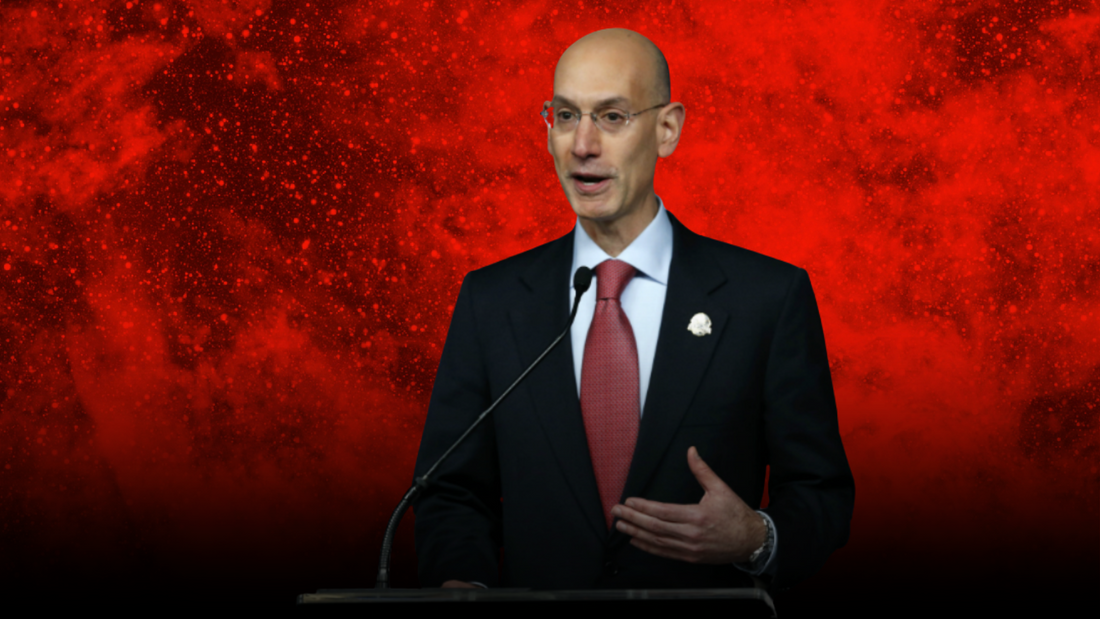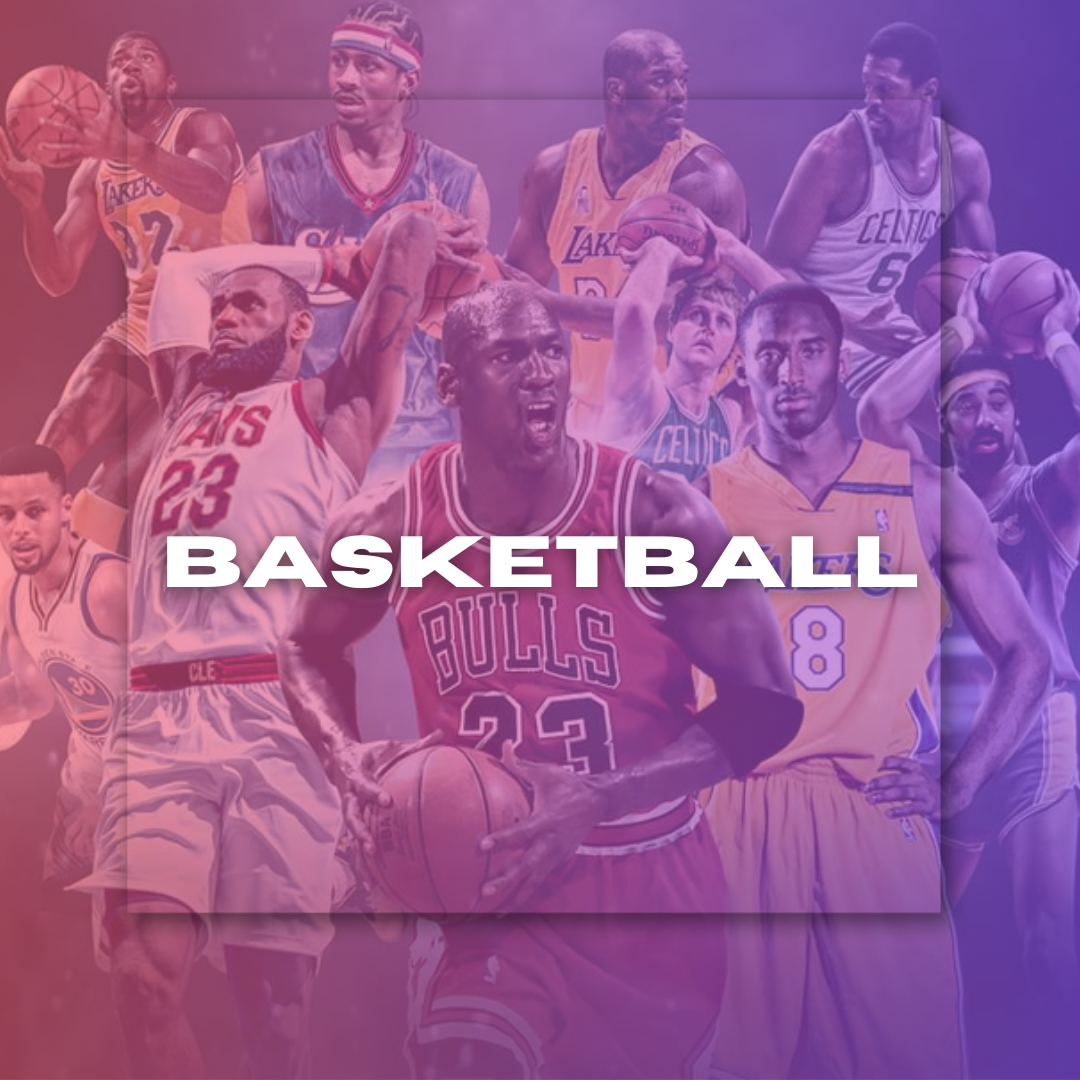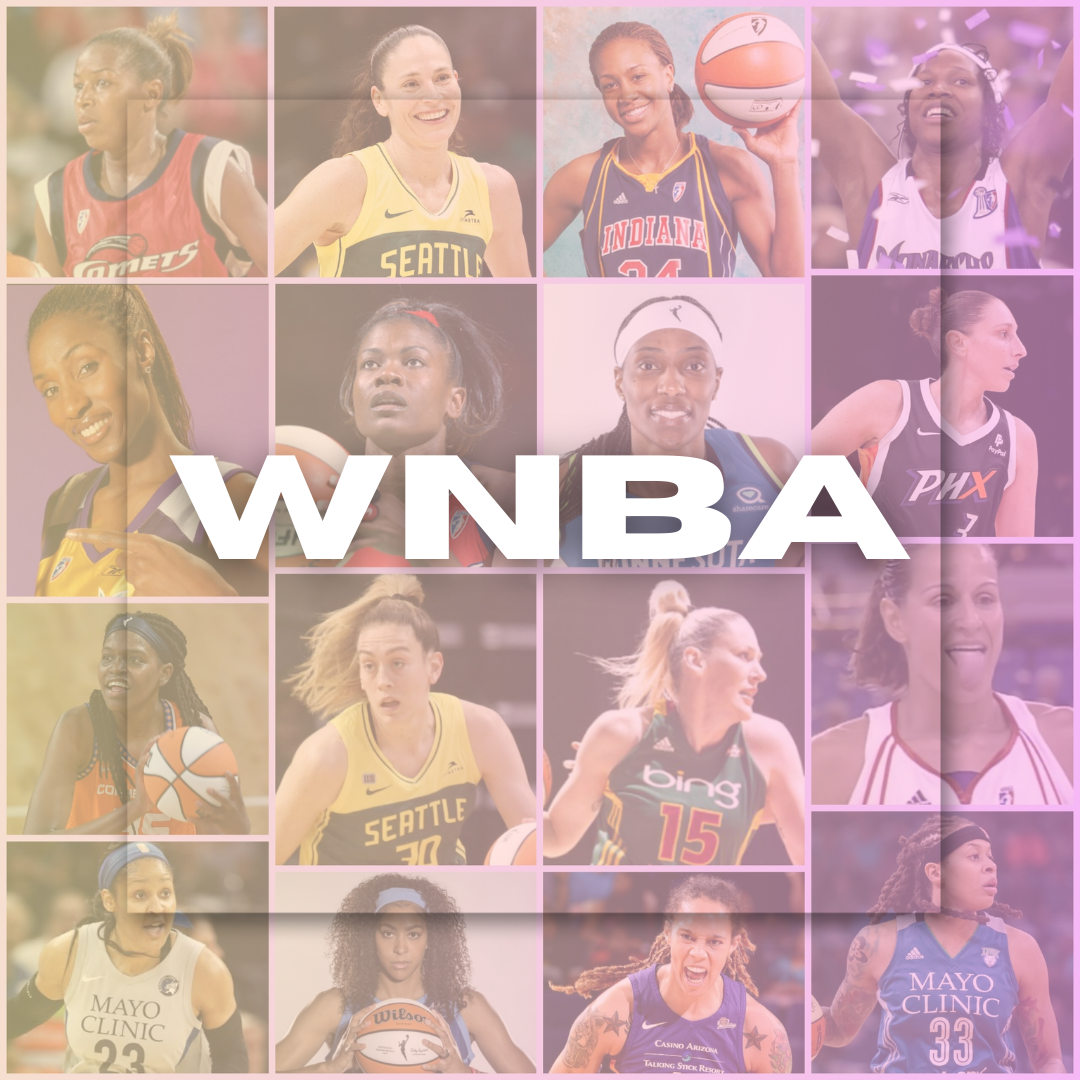
NBA Salary Cap Jumps to $154.6M: What This Means for Free Agency and Team Building
By Edcel Panganiban July 04, 2025 09:44
The NBA salary cap for the 2025-26 season has been officially set at $154.647 million, marking a maximum 10% increase over last season’s cap of $140.588 million, as announced by the league on July 1, 2025. Alongside this, the luxury tax threshold rises to $187.895 million, with the first apron level at $195.945 million and the second apron at $207.824 million. These figures will take effect at 12:01 a.m. ET on July 1, just as free agency negotiations begin, setting the financial framework for teams as they strategize for roster construction and player acquisitions.
What This Means for Free Agency
The 10% cap increase provides teams with roughly an additional $14 million in salary flexibility compared to last year. While this may seem substantial, the league’s Collective Bargaining Agreement (CBA) limits cap growth to this maximum annual increase to prevent sudden spikes that could destabilize competitive balance. Consequently, teams will have more room to pursue free agents, but the increase is moderate enough to maintain financial discipline.
Only a handful of teams, such as the Brooklyn Nets, are expected to have significant cap space exceeding $20 million, allowing them to be major players in free agency. Most teams will operate close to or above the luxury tax threshold, meaning they must carefully weigh the cost of exceeding the tax line against the benefits of signing impact players. The tax penalties escalate sharply beyond the threshold, and teams above the apron levels face additional restrictions on player signings and trades.
The mid-level exceptions (MLE) also adjust with the cap increase, providing teams with varying spending tools depending on their tax status. For 2025-26, the non-taxpayer MLE is $14.104 million, the taxpayer MLE is $5.685 million, and the room MLE is $8.781 million. These exceptions remain vital for teams with limited cap space to add quality depth or role players without incurring luxury tax penalties.
Implications for Team Building
The salary cap jump signals a more active offseason, but teams must balance ambition with prudence. Front offices face the challenge of maximizing roster talent while avoiding punitive luxury tax bills. As Eurohoops analyst Johnny Askounis explains, “The cap increase gives teams more wiggle room, but the tax thresholds and apron levels keep spending in check, forcing smart roster management.”
Teams like the Atlanta Hawks and Houston Rockets have already made early moves, signing key free agents such as Nickeil Alexander-Walker, Luke Kennard, Clint Capela, and Dorian Finney-Smith, leveraging the increased cap space to revamp their lineups. Meanwhile, franchises like the Dallas Mavericks and New York Knicks have also been active, signing veterans like D’Angelo Russell and Jordan Clarkson to bolster their rosters.
However, the cap increase also highlights disparities. While some teams enjoy flexibility, others remain constrained by existing contracts and luxury tax implications. This dynamic encourages creative roster construction, including trades, buyouts, and the strategic use of exceptions.
Looking Ahead
The 2025-26 salary cap increase reflects the NBA’s growing revenues and expanding global footprint but maintains a controlled growth model to ensure competitive balance. As teams navigate free agency and roster building, the cap and tax figures will be central to decision-making.
NBA insider analysis suggests that while the cap jump provides breathing room, the real challenge lies in balancing star acquisitions with sustainable payrolls. As one front office executive put it, “It’s not just about how much you can spend, but how wisely you spend it.”
The NBA’s salary cap rise to $154.6 million offers teams increased financial flexibility heading into free agency, but the accompanying tax thresholds and exceptions ensure that smart, strategic team building remains paramount. The offseason promises to be dynamic, with franchises leveraging this new cap landscape to position themselves for success in 2025-26 and beyond.


































































